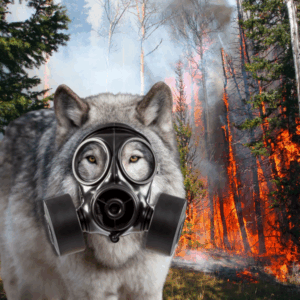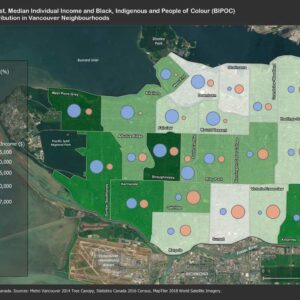Canada’s New Climate Plan Ignores Emissions From Logging but Opens the Door for Action
Canada’s new 2030 Emissions Reduction Plan (ERP) released on March 29 has a major hole in it: it ignores the massive greenhouse gas emissions (carbon) caused by clearcut logging of Canada’s globally-significant forests.
Canada is home to the largest remaining tracts of intact forests in the world. These forests store hundreds of billions of tonnes of carbon, making them critical allies in the fight against climate change.
Yet every year, logging companies in Canada clear-cut around 400,000 hectares of intact forests in Canada’s Boreal region alone, an area equivalent to five NHL hockey rinks a minute.
The Government of Canada clings to the notion that net emissions from this widespread destruction of natural forests are minimal because companies replant saplings in place of the trees they fell.
Nature Canada’s analysis shows that this is just a myth—one we have been working hard to dispel. We’ve been urging the federal government to more accurately account for and report forest sector carbon emissions, and to take stronger action to protect intact forests and incentivize emission reductions by forestry companies.
We released a major report with NRDC, Nature Québec and Environmental Defence last October, covered by CBC’s The National, showing that the actual net emissions from logging in Canada are over 80 million tonnes a year—the same amount of emissions as are produced by all of the country’s oil sands operations.
We aren’t the only ones who are skeptical of the federal government’s stance on logging and the emissions it causes. In the lead up to the launch of Canada’s ERP, nearly 100 scientists, including luminaries like Dr. Suzanne Simard and Dr. Diana Beresford-Kroeger, sent an open letter to Prime Minister Trudeau urging the government to both enhance protection of climate-critical primary forests and commit to improve the accuracy of its logging emissions estimates in its new climate plan. The letter was covered by the Globe and Mail and a Canadian Press story about it was picked up by over 160 newspapers, including the Toronto Star.
There is also a widespread desire for stronger protection of forests among Canadians.
Nature Canada recently released results from an Ekos Canada poll showing that 83 percent of Canadians want stronger government action to protect forests, and 73 percent want strong action to reduce logging emissions in Canada’s climate plan. The poll struck a chord: it was covered by the Globe and Mail, Toronto Star and 110 other newspapers, and 30 radio stations across Canada featured interviews about it on the morning the new plan was released.
What was in the ERP?
While the government did not yet recognize the true climate impacts of logging in its new Emissions Reduction Plan, it did acknowledge the need for continued action to improve the accuracy of the accounting of forest sector carbon emissions. More generally, it recognized the importance of protecting old-growth forests to fight climate change. Specifically, the plan allocated an additional $780 million to advance nature-based climate solutions that protect, restore and better manage forests, wetlands, grasslands and coastal areas.
Nature Canada is committed to working with officials from the federal departments of both Environment and Climate Change and Natural Resources to ensure that Canada takes action to more accurately report the true impacts of logging and implements policies to better protect primary forests and to support a transition to logging practices that are more compatible with a climate-safe future for humans and all other species.



